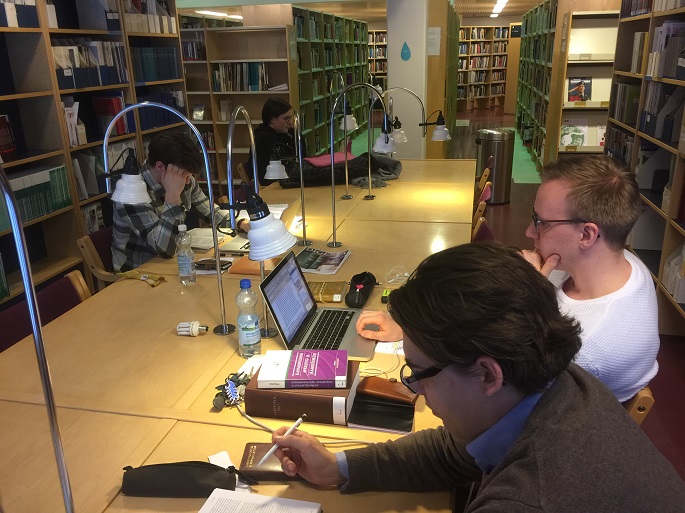Emigration of educated Finns higher than immigration
Published : 19 Dec 2017, 01:16
Updated : 19 Dec 2017, 08:26
Emigration of Finnish citizens with at least upper secondary qualifications has been bigger than immigration during the past decade, according to Statistics Finland.
The migration loss has been growing since 2009. Among those with at least lowest level tertiary qualifications, the annual migration loss has grown relatively moderately after 2009.
In contrast, the annual migration loss has increased fast in recent years among those with upper secondary qualifications. This is probably at least partly linked to Finnish young people going abroad for studies.
There were 6,407 immigrants aged 25 to 29 in 2016, which was 18 per cent of all immigrants. The above-mentioned age group included somewhat more men than women, 56 per cent of the age group. The share of women is slightly bigger than that of men only among immigrants aged 75 and older.
Nearly two-third of all immigrants were aged 15 to 39. Over one-half of them were men, 57 per cent. The share of men among all immigrants was also a bit bigger than that of women, 56 per cent.
Those aged 25 to 29 were also most numerous among emigrants, but much fewer than among immigrants. Of emigrants, 2,971 were aged 25 to 29, which was 16 per cent of those having moved from Finland. The difference to immigration was 3,436 persons. Unlike in immigration, more of emigrants were women aged 25 to 29 than men. Of emigrants, 57 per cent were women.
Fifty-nine per cent of emigrants were aged 15 to 39. Contrary to immigration, women formed a majority of those aged 15 to 39 in emigration, 55 per cent. Women had a slim majority of all emigrants, 51 per cent.
Because much more men moved to the country than women and the number of emigrants was divided almost evenly between the sexes, 64 per cent of the migration gain for Finland consisted of men. This corresponds to 10,699 men. Persons aged 15 to 39 accounted for 76 per cent of men’s migration gain. The corresponding share for women was 60 per cent.
In total migration gain, the number of those aged 25 to 29 was highest, in total 3,436 persons. This age group represented one-fifth of the migration gain. The number of men aged 25 to 29 was 2,321, which was 22 per cent of men's migration gain. For women, the share of the corresponding age group in women's migration was slightly lower, 18 per cent of women's migration gain. For both sexes, those aged 25 to 29 held the biggest share of the migration gain.


